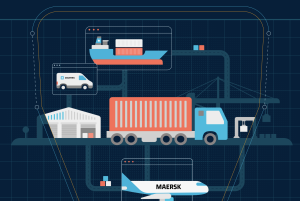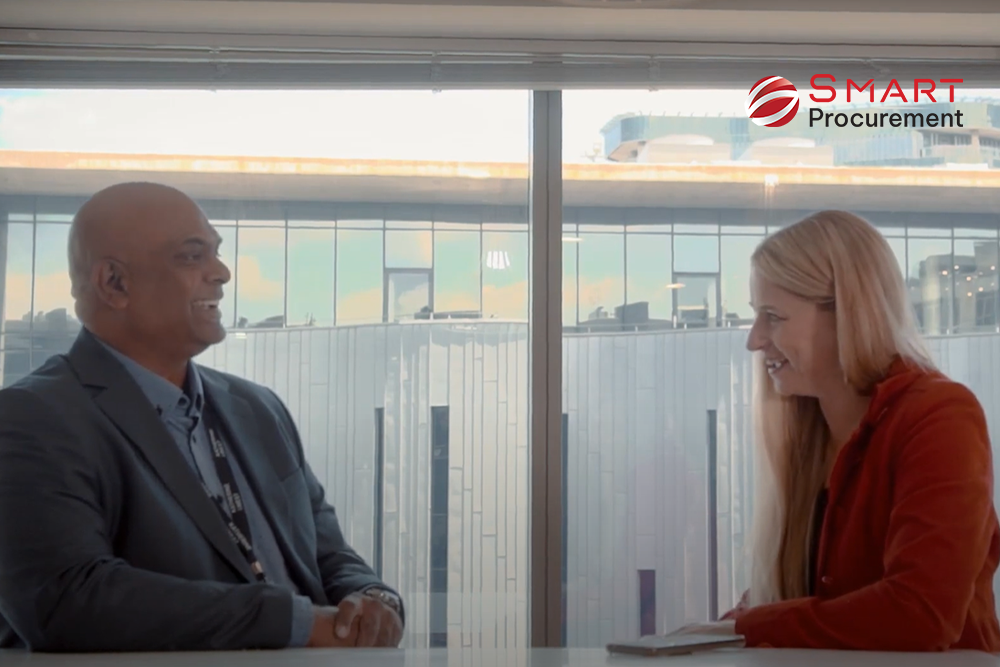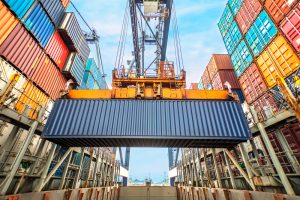No one introduces complexity into their supply chains just for the sake of it. Complexity emerges as organisations pursue their profit goals. Within every strategy or action that an organisation pursues to improve profitability, lies a hidden cost of complexity, which supply chain practitioners must be aware of, capture and deal with. This is necessary because complexity drivers are also profitability drivers, explains Tafara Svosve (MSc Supply Chain Management, CMILT), in this month’s SmartProcurement.
Today’s supply chains operate across multiple geographies, times zones, cultures and political boundaries. Things do not stay the same and rarely remain stable: unexpected things happen and even well laid-out supply chain plans sometimes go wrong. Fragmented channels, increased product variations and consumer demands for more customised solutions are just some of the aspects that have made the world a more complex place to logistically operate in. It is thus critical for supply chain practitioners to always be on the lookout for disruptors, capture them and deal with them.
Supply chain practitioners and students will continue to comment on the fact that supply chains are complex, and are getting more complex, with complexity adding more and more costs. Unfortunately, complexity has been taken to mean difficult, hard or bad in most circumstances and the main reaction to complexity is to minimise or mitigate it. Indeed, some terms do mean different things to different people. For example, the accounting perspective of complexity is defined through product and customer aspects that fall outside of the normal traditional costing systems, causing cost bias which results in over- or under-costing. In response to what is meant by obscenity in a movie, a US Supreme Court judge (Justice Potter Stewart 1915 – 1985) stated: “I know it when I see it”. This could very well be the scenario with most supply chain practitioners when it comes to complexity.
Delving into academic perspectives, a system is complex when it is made up of a large number of parts that interact in non-simple ways (Herbert Simon, 1962). Indeed, today’s supply chains have several emergent issues that are difficult to predict appropriately ahead of time and little things cause large disturbances or disruptions. The China-US trade wars have disrupted supply chains in unprecedented ways and will continue to do so – it is thus emerging markets that are most likely at risk. As summarised by an old African proverb: “when elephants fight, the grass suffers”.
What makes supply chains complex?
At a micro-level, organisations have to consider numerousness as a driver of complexity in their supply chains. Usually, the more things you have, the higher the associated complexity. This might be the number of suppliers, products or customers, which will call for more detail when dealing with such. Furthermore, if the numerous components of the supply chain are diverse, complexity is also added as they have to be handled differently. In many respects, numerous and diverse components may often have to share resources and, therefore, the interactions between divisions result in impacts on each other. The opacity of these interactions is also a concern for supply chain practitioners.
The question is: how much is known about the nature of the interactions between the various actors and activities in the supply chain?
One of the primary objectives of the supply chain is to satisfy customer needs. However, customer expectations are becoming more-and-more unpredictable, thus traditional measures often fail when pursuing strategies to satisfy customers. Companies are also no longer independent players in the market, but often forced into vertical and horizontal collaborations in the extended supply chain network, with further expectations in terms of systems and process integration. This is a call for network thinking rather than company-focused thinking.
Requirements for sustainability, social issues or risk mitigation are ever-increasing and it is imperative for organisations to employ logistics to play a role in reducing overall costs. Even with all of the above pressures, customers still want lower costs. In the global supply chain spectrum, volatility and poor infrastructure in emerging markets increase uncertainty in supply chains. Globalisation clearly amplifies other trends and further leads to an increase in complexity. For example, the exclusion of South Africa from a list of countries exempt from tariffs imposed by the US on steel and aluminium imports will have effects beyond just supply chains.
But why do we care about complexity?
Complexity emerges as organisations pursue their profit goals. In pursuit of profit, an organisation may seek to increase the revenue per unit, increase its number of customers, increase the number of units sold or decrease the costs per unit, all of which will change the dynamics within the supply chain players and activities. The implications are felt on some aspects of the supply chain, whether it be procurement, manufacturing, transportation or warehousing.
So what?
It is imperative for organisations to find ways of dealing with emerging trends in supply chains and embracing supply chain complexity to drive market advantage. The winners in this war are those with the best partners: vertical relationships as well as horizontal relationships with other companies are critical. It is no longer sufficient to think only of your own sphere because the unit of competition is now ‘the network’.
Organisations that want to achieve success in their supply chains must now seek to hire, incentivise and retain individuals with strong analytical and team-building skills; they must emphasise team building and agile decision making as well as the ability to work in a multi-cultural environment. It is also critical that they establish governance processes and standards that drive the right outcomes and, at the same time, craft long-term technology roadmaps that are aligned with their core strategic initiatives and customer service goals. Technology will also drive better capabilities to price products and services effectively, and to establish services that meet or exceed customer expectations.
Creating network partnerships and bundled products with key global partners will result in improved capabilities that are difficult to replicate. Organisations with the most capable network of suppliers and logistics partners will thus win in the end.
Despite the size of your organisation’s supply chain, it is important to note that some occurrence somewhere may cause a disruption in your supply chain. It is, therefore, imperative that you look out for supply chain complexity drivers, capture them and find ways to exploit the elements for advantage. This is the reality.

























